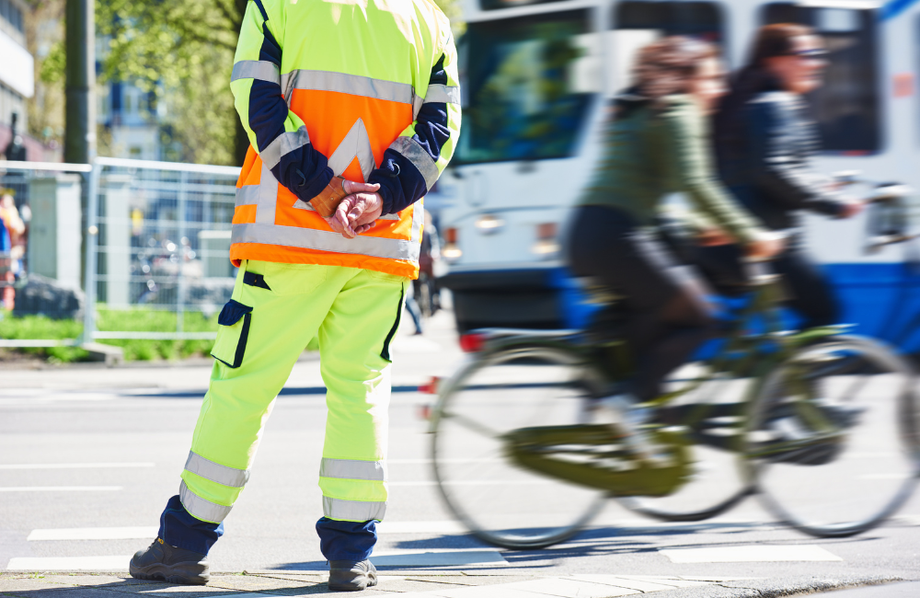When navigating through urban or rural areas in Australia, it's common to come across construction sites that can impede the regular flow of traffic. This is where the essential role of traffic controllers comes into play. But what exactly do traffic controllers do at a construction site? Let's delve into their duties, significance, and the training they undertake to manage traffic safely.
Role and Responsibilities
Traffic controllers have a pivotal role in ensuring that vehicles and pedestrians can move safely around or through construction sites. Their primary responsibilities include:
- Traffic Management: Directing and diverting traffic in and around the construction zone. This might involve using stop/slow bats, setting up barriers, or placing cones to guide traffic.
- Communication: Collaborating with other construction workers to ensure everyone is aware of ongoing traffic conditions and any changes in the flow or direction.
- Monitoring: Keeping a keen eye on traffic patterns, pedestrian movements, and potential hazards to prevent accidents.
- Equipment Handling: Setting up, maintaining, and removing temporary traffic control equipment like signs, barriers, and lights.
Safety First: The Importance of Traffic Controllers
- Accident Prevention: A construction site can be a hotspot for potential accidents due to machinery movement, ongoing work, and changes in road patterns. Traffic controllers minimise these risks by managing vehicular and pedestrian traffic.
- Efficient Work Flow: By managing traffic flow effectively, traffic controllers enable construction workers to carry out their tasks without constant disruptions, aiding in timely project completion.
- Public Guidance: Construction sites can sometimes be confusing for motorists and pedestrians. Traffic controllers provide clear directions, ensuring that the public can traverse the area safely.
Training and Certification
Becoming a traffic controller isn't just about donning a high-visibility vest and holding a stop/slow bat. In Australia, traffic controllers must undergo specific training and attain certification.
- Training Courses: Potential traffic controllers must complete a training course from a recognised institution. This course covers essential skills, including handling equipment, understanding traffic management plans, and ensuring safety.
- Certification: After successfully completing the training, individuals receive a certification card, which is a mandatory requirement for all traffic controllers.
- Continuous Learning: As with many professions, ongoing training is crucial. Traffic controllers regularly update their skills and knowledge, ensuring they're always equipped to handle evolving challenges on the roads.
Traffic controllers play a crucial role in ensuring that construction sites don't lead to traffic chaos or accidents. Their skills, training, and dedication to safety make them an indispensable asset to any construction project. For construction entities, traffic controllers not only represent the face of on-ground safety but also help to uphold the company's commitment to public well-being and project efficiency.



